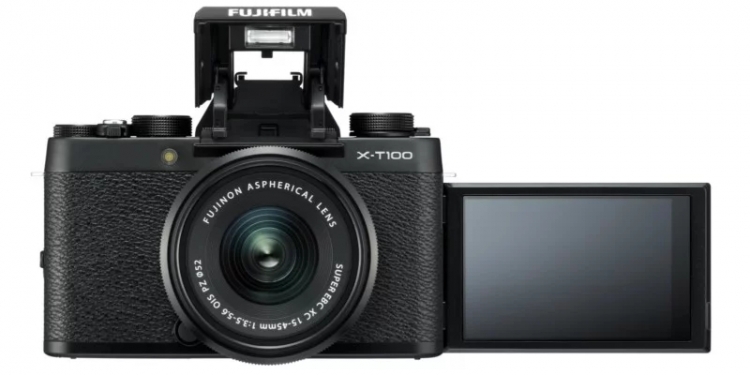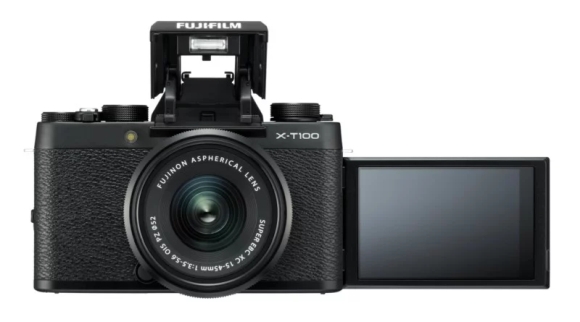Finally, a Fujifilm X-series camera with a screen that flips out to the side. I feel like my prayers have finally been answered with Fuji’s launch of the X-T100. But, with it designed to fit between the basic X-A5 and the more premium X-T20, there have been a number of trade-offs that had to be made to keep the price low.
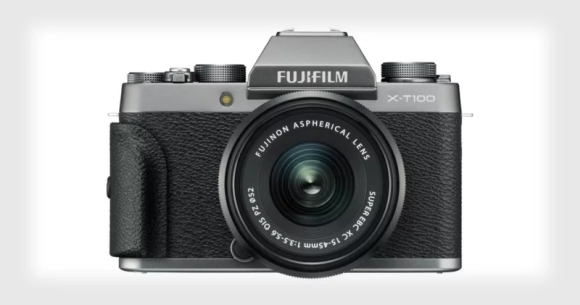
At first glance, Fujifilm’s brand new camera looks a lot like the X-T10/X-T20 but with an extra zero drawn in with liquid paper. And I don’t mean that in a bad way because these are very handsome cameras and the X-T100 is just as good looking.
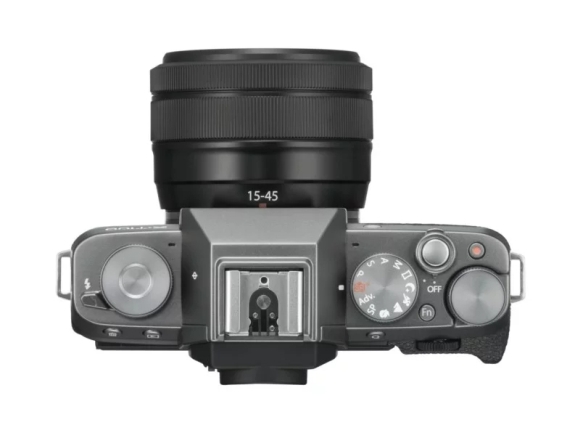
Look closer and you’ll start seeing elements of the EVF-less X-A5 start to creep in, most notably in its controls. Fujifilm’s brand new camera ditches the dedicated shutter speed and exposure compensation dials on its higher-end cameras for a more traditional point-and-shoot’s PASM layout. Much like Fujifilm’s selfie-centric X-A5, the X-T100 also features the “selfie” shutter dial at the back which should undoubtedly come in handy.
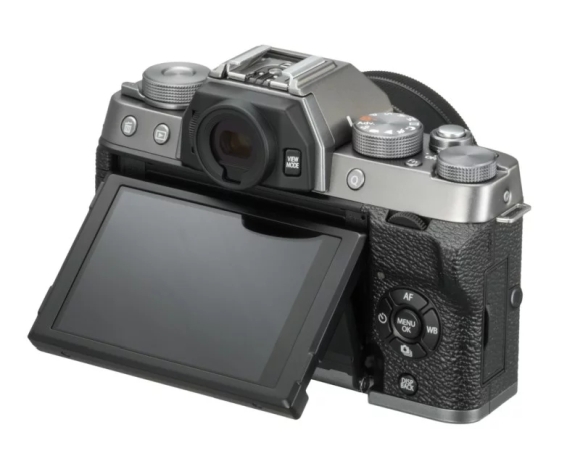
This is because the X-T100 packs a 3-inch, 1.04-million-dot, 3-way tilting, LCD touchscreen that can flip out to the side so it faces the front. I’ve been asking for a Fujifilm camera with a fully-articulating LCD display for the longest time, and although this isn’t exactly that, I’ll take what I can get.
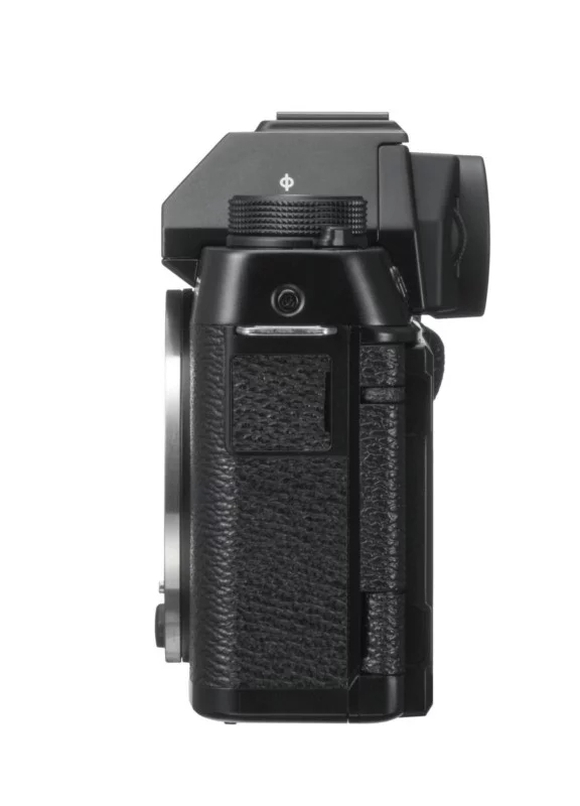
Yes, the X-A5 also has a screen that can flip around to the front, but that screen flips up so hotshoe mounts like a microphone will get in the way. A display that flips to the side doesn’t suffer from this particular issue.
Thankfully, Fujifilm also included a 0.39-inch, 2.36-million-dot OLED viewfinder with approximately 100$ coverage and a magnification of 0.62x (50mm, 35mm equivalent lens). There’s also a pop-up flash built into the SLR-like centrepiece much like the X-T20.
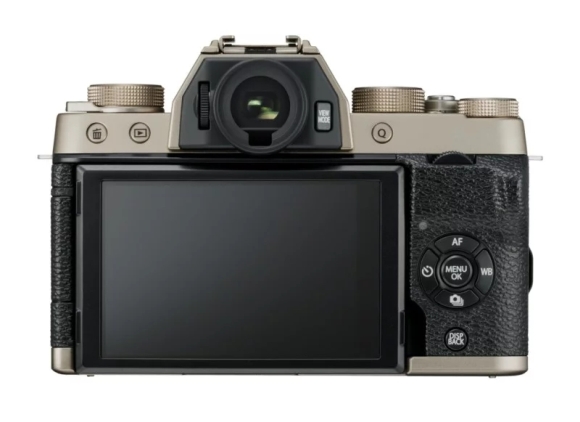
However, now comes the most polarising spec on this camera — its sensor. Fujifilm’s new X-T100 features a 24.2-megapixel APS-C sensor that isn’t an X-Trans sensor. Instead, it will use the conventional Bayer filter array like the X-A5. It also uses a high-speed imaging processor that isn’t the X-Processor Pro.
Still, the camera can shoot 4K video for up to 30 minutes per clip and 1080p at up to 60fps. This sensor is also capable of an ISO range of 200-12800 and an extended range of 100-512000. The camera can shoot continuous burst of 6fps which is a little less than half of what the X-T20 is capable of.
Other features include Fujifilm’s popular film simulation modes, Bluetooth and WiFi connectivity, an external microphone port and a battery life of about 430 shots.
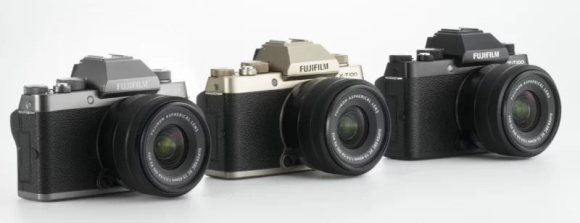
If you weigh everything, the X-T100 does fit quite nicely between the X-A5 and the X-T20 with compromises and strengths over each device. Perhaps the most attractive thing about this camera is its flip out screen which will undoubtedly go down well with vloggers and people who shoot videos of themselves. I know I’m pretty stoked about this — just got to figure out a way to Frankenstein that panel onto my X-T20. Hacksaw and gaffer tape anyone?
The pill that will be hardest to swallow for Fujifilm X-series fans would be the lack of an X-Trans sensor but I don’t think it will matter too much as long as the image quality is up to snuff.
Fujifilm’s X-T100 will retail for USD599.95 (around RM2,388) for just the body but you can also pick it up with the new XC 15-45mm motorised zoom lens in a kit for USD699.95 (around RM2,786)
Although the price if you convert from USD is really attractive, it is worth noting that in Malaysia, the X-A5 launched for an RRP of RM3,288 with the XC 15-45mm kit lens. Considering the fact that you can get an X-T20 for with the better XF 18-55mm kit for just over RM4,500, how much would Fujifilm Malaysia price the X-T100?
Let me know what you think of the X-T100 in the comments below!

